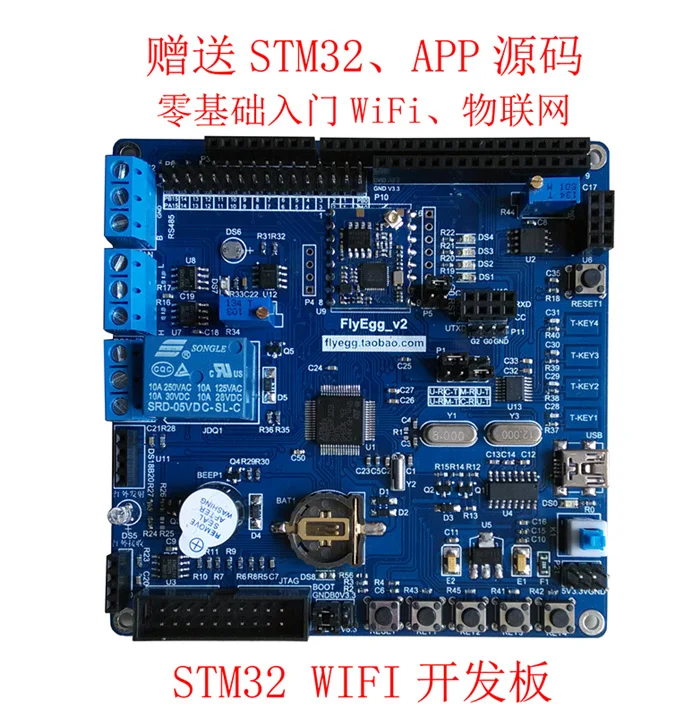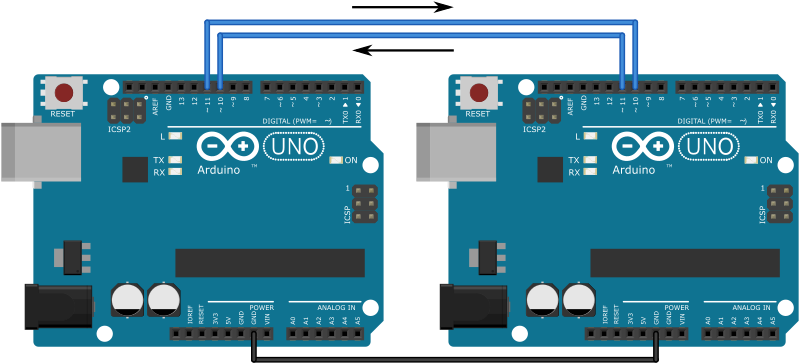

- ESP8266 SERIAL PORT APP HOW TO
- ESP8266 SERIAL PORT APP INSTALL
- ESP8266 SERIAL PORT APP SOFTWARE
- ESP8266 SERIAL PORT APP CODE
Finally the application starts to listen for connections on port 1337. GPIO 2 is configured as OUTPUT so that it can control the connected LED. In the setup() function we configure the serial and WiFi connection. Find the ssid and password variables in the sketch and replace them with the relevant strings required for your network. The first thing you need to do is to add your WiFi credentials to the sketch.

The server responds to the command H (High) and L (Low) which turns on respectively turns off the LED connected to GPIO 2. This application connects to a WiFi network and configures a TCP-server listening to the port 1337. The Arduino sketch described below can be found on the Github repository. The official installation guide can be found on the Github repository.
ESP8266 SERIAL PORT APP INSTALL
Then open the Tools -> Board -> Boards Manager menu in the IDE and install the esp8266 platform SDK. Into the Additional Board Manager URL field. Download the environment from the Arduino website, open the Preferences window and enter the following URL Using the newly introduced board manager functionality in the Arduino IDE it is extremely simple to install the SDK.
ESP8266 SERIAL PORT APP SOFTWARE
Step 2 – Embedded software PreparationĬompared to a lot of other hardware vendors the community around ES8266 has really managed to simplify the installation of the SDK.
ESP8266 SERIAL PORT APP HOW TO
The GitHub repository containing the Arduino SDK provides a guide on how to connect your module to your computer.Ĭonnect the LED and the 1 kOhm current limiting resistor in series to the pin named GPIO2. Among supported chipset you will find the FT232RL and CP2102. So first step is to ensure that your USB – Serial cable communicates using 3.3 volt signals. Also the module runs on 3.3 volt and will fry (not good) if you try to use it with 5 volt signals. Since this module is a bit simpler than the ordinary development board you need to perform some additional work in order to connect it to your computer. The first step is to connect the module to your computer so that you can upload the firmware to your module.
ESP8266 SERIAL PORT APP CODE
You can browse the source code for this tutorial in the Evothings GitHub repository.

You can read more about that on this ESP8266 Wiki. This example was developed using the ESP-01 module however it should run on any other module, but the external circuit required might differ depending on which module you use. There exists a couple of different modules based on the ESP8266, they are named ESP-XX, where XX is a number ranging from 01 to 13 (as of publication of this tutorial). We love great (and cheap) hardware and figured it was time for us to create an example where we made use of the ESP8266-module. The price point makes it perfect for makers that want to explore the Internet Of Things.

Equipped with SPI and UART interfaces and depending on the module, a number of GPIOs. You can find the module for as low as $2 on eBay. If you have not heard of this module before it is a 802.11b/g/n WiFi module. Today there is an Arduino-compatible SDK available and many more libraries have been written for it. At the time of the publishing of that article not much was known about the cheap WiFi module – however the the module was received with open arms by the maker/hacker community and a lot of interesting community projects have been created using it. It’s been roughtly a year since Hackaday published the article “New chip alert: The ESP8266 WiFi module (It´s $5)”.


 0 kommentar(er)
0 kommentar(er)
